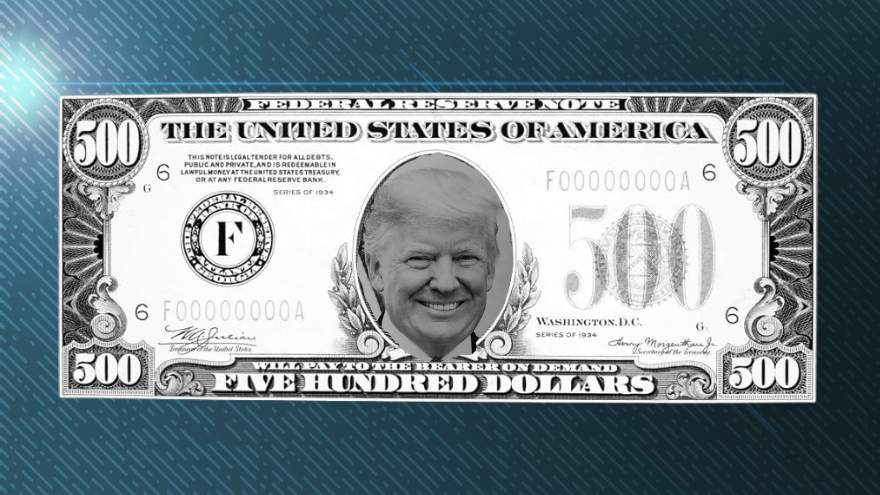Congressman Paul Gosar of Arizona wants to put President Donald Trump on the $500 bill.
Gosar said that “as Bidenflation continues to devalue our currency,” there are “several practical advantages” to issuing the proposed currency.
“First, the larger-value currency will empower Americans with the freedom of more tangible options to save and exchange goods and services,” he said in a statement. “Additionally, the absence of large-denomination currency issued by the Treasury encourages Americans to rely on digital banking, which faces greater vulnerability to surveillance and censorship.”
The Republican also suggested that “these $500 Trump bills will become highly sought after, generating revenue for the government through increased demand for numismatic items.”
“Collectors often covet currency with unique designs and historical significance and bills featuring the very popular 45th President will attract considerable attention from collectors,” he said. “This will no doubt create a market for the $500 Trump bills far beyond their face value and increase the seigniorage earnings of the government, thus increasing overall revenues.”
Gosar’s bill is known as the “‘Treasury Reserve Unveiling Memorable Portrait Act of 2024” or the “TRUMP Act of 2024.”
The highest denomination of currency ever issued by the Federal Reserve for public circulation was the $10,000. The note featured a portrait of Salmon P. Chase, Secretary of the Treasury under President Abraham Lincoln.
“Although a $100,000 bill featuring the portrait of Woodrow Wilson was issued, its purpose was to transfer funds between Federal Reserve Banks, and not to pass in retail transactions,” noted the Museum of America Finance.
Notes of $500, $1,000, $5,000, and $10,000 were discontinued by the Federal Reserve and the Treasury Department on July 14, 1969. Currently, the Federal Reserve issues $1, $2, $5, $10, $20, $50, and $100 notes.
The portraits featured on the national currency have become a point of contention between differing factions of political ideology.
In 2016, President Barack Obama’s administration recommended removing America’s seventh president, Andrew Jackson, from the $20 and replacing him with Harriet Tubman. Critics of Jackson have argued that his involvement in the removal of American Indians made the president an “ethnic cleanser.” The Treasury Department ultimately said that by 2030 Tubman would be the front of the $20 and Jackson would be moved to the back.
Trump’s administration paused the installation of Tubman on the $20 bill. President Joe Biden’s administration announced shortly after taking office that they would move forward with plans to redesign the currency.
As of the early afternoon of June 6, Trump had not commented on Gosar’s proposal.

